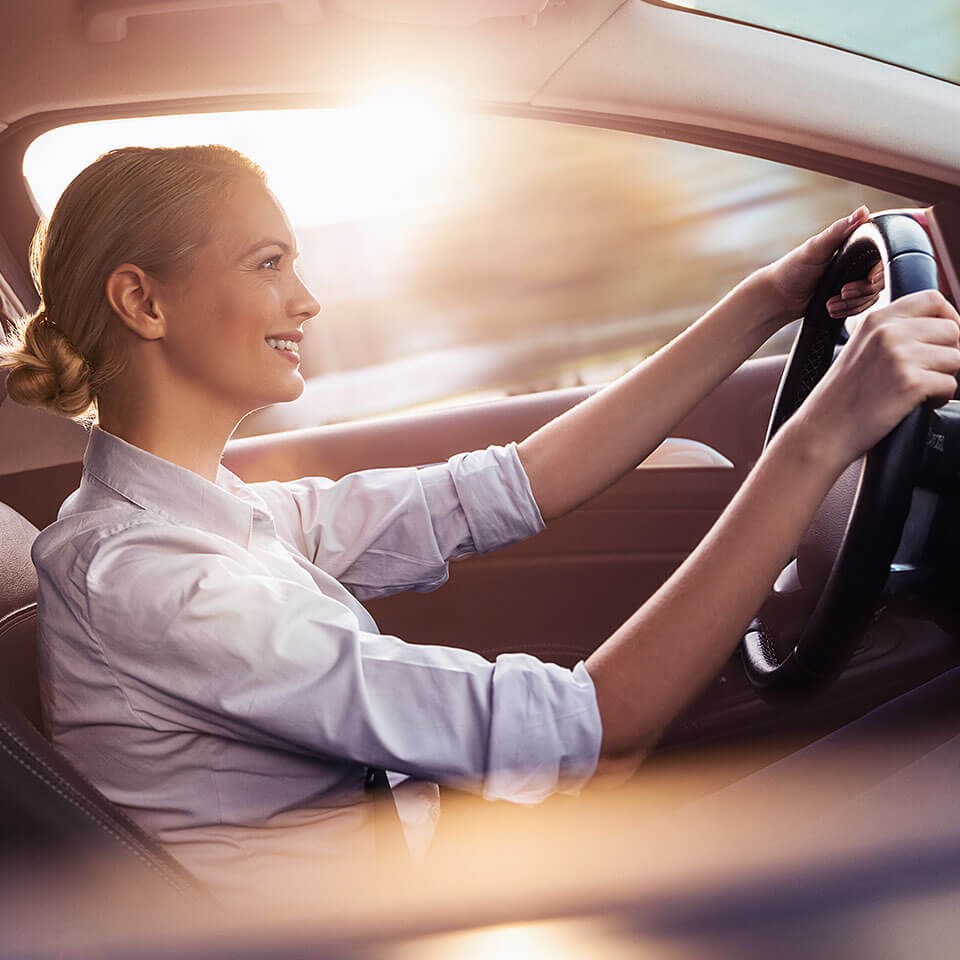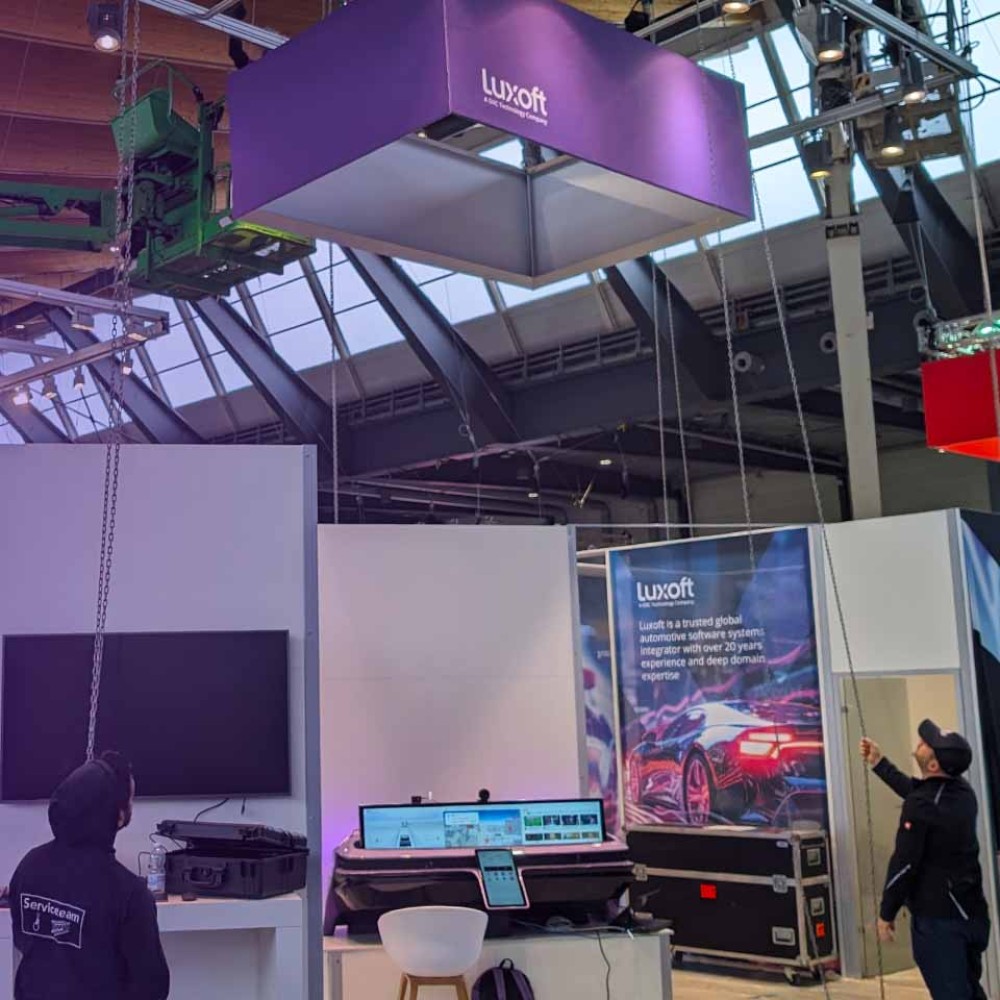In brief
- As consumers increasingly expect personal experiences in their vehicles, automakers are looking toward hyper-personalization as a way to provide unbeatable UX
- To successfully provide hyper-personalization, OEMs must overcome heightened competition and rising customer expectations while striving to maintain individuality in an age of mass production
- In order to differentiate, manufacturers are placing a strong focus on reaching out to a narrowed audience to define the needs and visions associated with the use of specific cars
In a world dominated by mass production, consumers expect personalization in most aspects of their lives — including those related to mobility. In response to these expectations, the industry is increasingly moving toward hyper-personalization. However, this trend poses several challenges — what do automakers face in light of increasing competition and rising customer expectations? Is there still room for individuality in the age of mass production?
Individuality in the context of the automotive industry is becoming an increasingly important issue. Although mass production brings many benefits, such as lowering costs and increasing product availability, increasing customer expectations for personalization and uniqueness mean that automakers are constantly looking for ways to meet these needs. Unlike traditional personalization, which is often based on general customer segments or demographic preferences, hyper-personalization uses machine learning and artificial intelligence (AI) to create personalized experiences at an individual level. As a result, users receive products and services that are perfectly tailored to their needs and preferences.
The goal: To be different to the mainstream
Although mass production places some limitations on the path to full personalization, modern technologies and manufacturing approaches allow automakers to offer increasingly personalized products. In the case of the automotive industry, hyper-personalization means tailoring the vehicle to the driver's preferences for almost every aspect of its use. This can include personalized seat settings, preferred climate control settings, pre-programmed navigation routes that consider favorite destinations, or even personalized user interfaces tailored to individual visual and functional preferences. But this is just a snippet of all the possibilities that technology can offer us now and in the future.
We usually associate classic personalization of settings in a car with changing the color of the backlight, adjusting the seats or changing the wallpaper on the screen. Meanwhile, hyper-personalization offers the user completely different solutions — more technologically advanced solutions. In this case, it is the car that teaches us, our behavior, habits, driving patterns; it can read our mood, level of stress or satisfaction and, based on this, provide us with an appropriate driving experience. The spheres concerning psychological aspects and those related to so-called 'well-being' are a perfect example here. Advanced systems are already capable of recognizing and scanning the driver's body in real time to assess his/her emotional states. Based on the collected data and its analysis, it is possible to adjust, for example, the route to the destination point so that it is the most harmonious and safe. The vehicle is also able to recognize and remember our preferred driving style, to lower or raise the chassis at the right moment when leaving the house or when entering the office during daily and repetitive routes.
Reaching your audience
The automotive market is characterized by huge saturation, so in order to further differentiate, manufacturers are placing a strong focus on reaching out to a narrowed audience with hyper-personalization and its features.
These groups define the needs and visions associated with the use of specific cars. One manufacturer, for example, has introduced features for a parent with a child that make travel easier by calming the child in cases of unexpected crying. In turn, another leading electric car manufacturer has introduced options for fans of camping. These features make it possible to control the heating inside the vehicle in the most efficient way, to play music, use streaming and power electrical devices, without much loss of power resources.
The challenges of hyper-personalization
Despite all the promise, hyper-personalization poses several challenges for passenger car manufacturers. Let’s look at the most pressing in detail:
- Cybersecurity in the vehicle
Hyper-personalization is based on the use of artificial intelligence and the analysis of vast amounts of data. In this process, proper management is paramount to ensuring privacy. This requires the application of strict privacy rules and the implementation of appropriate safeguards to protect against possible safety breaches.
The development of hyper-personalization can lead to potential cybersecurity risks, especially in the context of autonomous vehicles. A cyberattack on personalized navigation or vehicle control systems could have serious consequences for driver and passenger safety. Another risk is the theft of personal data, such as location, driving preferences, phone call histories or driver health and behavior data.
So, it's imperative that automakers take appropriate security measures especially as cyber threats become more sophisticated (you can read about the cybersecurity testing lab Zoreza Global has established to combat this threat in our blog post here). The self-awareness of vehicle users is also not without significance — it’s worth remembering basic security measures such as the use of strong passwords.
- Convenience for the consumer, challenges for the UX designer
Another challenge of hyper-personalizing vehicles is to provide the right user experience (UX) and customization while keeping the interface simple to use and understandable. When the number of personalization options grows, there is a risk that users may feel overwhelmed by too many options or become unable to find the features they need. So, one of the main challenges for UX designers is to ensure that the personalization process is intuitive and easy to use, even for less tech-savvy users. Overly complicated interfaces can lead to user frustration and discouragement, which can negatively affect their experience with the car. So, manufacturers should also remember to develop all improvements wisely to avoid making features that are unnecessary or difficult to access.
A solution to the challenges of using the systems may be to use differentiated access to various functions so that it is not limited to the digital display alone, but also offers physical buttons, voice assistants, gesture functions or the use of haptics. Adapting systems appropriately is a huge challenge for designers and requires a lot of environmental testing, as well as user observation. With these, it is possible to design features in such a way as to make them easier rather than more difficult to use.
This is the future
Hyper-personalization, supported by artificial intelligence, is the future of the automotive industry. However, to realize the full potential of hyper-personalization, automakers must balance the benefits with privacy and cybersecurity challenges. Ultimately, the success of hyper-personalization in the automotive industry will depend on skillfully managing these challenges and effectively adapting to changing customer needs and expectations.








